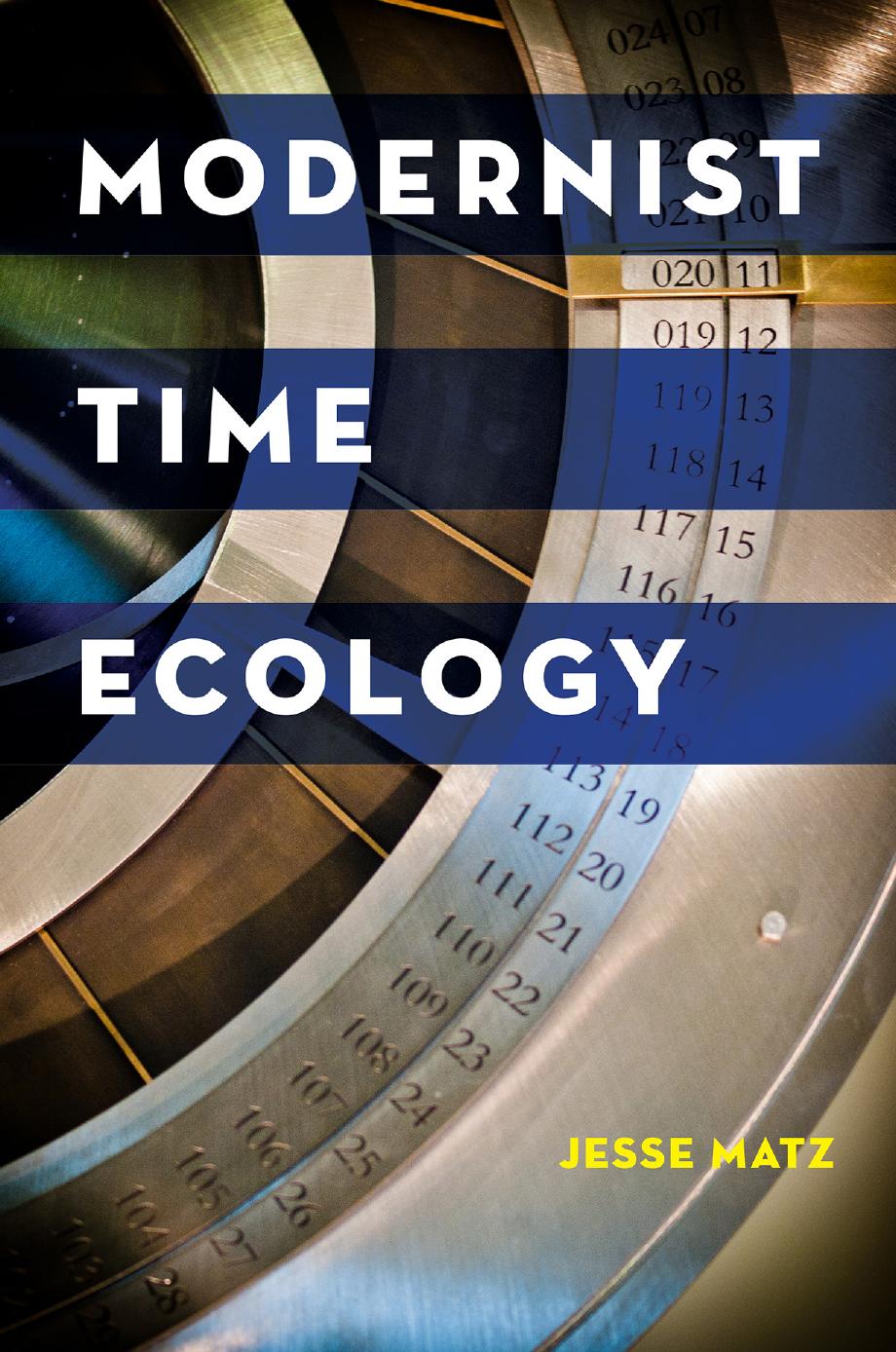Modernist Time Ecology by Jesse Matz

Author:Jesse Matz
Language: eng
Format: epub, pdf
Publisher: Johns Hopkins University Press
Published: 2018-06-14T16:00:00+00:00
7 Naipaul’s Changing Times
He was the “scourge of the Third World,” but then in the late 1980s some critics began to speak of V. S. Naipaul in terms of “return and reconciliation.”1 What made the difference? The turning point seems to have been Naipaul’s 1987 autobiographical novel The Enigma of Arrival. For some critics, the novel was just more of the same—more pernicious and deluded Anglophilia from a reactionary neocolonial mandarin—but, for others, it showed important signs of change. Naipaul seemed softer, kinder, and more willing to make concessions. Or in the words of James Wood, the “wounder” had become the “wounded,” a writer who could finally sympathize with the subjects of empire.2
But the real change had to do with change itself. If The Enigma of Arrival marked a new point of departure for Naipaul, it is because he adopted a new sense of time. He came to equate time with change. Before, he tells us, he used to define time as decay, a temporality that entailed a negative view of nations that failed to develop after independence. But now he defines time as change and, it seems, has thereby found a cultural temporality through which to take a more positive view of the developing world—and to emerge finally as a postcolonial writer.
Naipaul was born in Trinidad in 1932, heir to the complex racial history of the island: grandson of a Hindu indentured laborer brought to the Caribbean after abolition, Naipaul grew up at the epicenter of hybridity. To him it was very much the periphery, however, and when he left Trinidad for Britain on an Oxford scholarship, he began to transform himself into an English writer. Not right away: when at twenty-five he began to publish novels and short stories, some of which were broadcast on the BBC’s Caribbean Voices program, and when he made his name with the acclaimed A House for Mr. Biswas in 1961, his work still looked toward the Caribbean, even if it did so with eyes wide open. With the success of A House for Mr. Biswas, Naipaul was invited by the premier of Trinidad to write a nonfiction book about the West Indies. Here a different attitude began to intervene, and here began his controversial career as a critic of the postcolonial world. In The Middle Passage, Naipaul describes a place with no viable culture of its own. In subsequent books on India, he attacks Hinduism and the squalor of postindependence “darkness.”3 And, in his accounts of newly independent African states, Naipaul exaggerates hypocrisy, corruption, violence—what he frequently calls a “return to the bush.”4 His novels of this period likewise see little hope for the postcolonial world: whereas the novels up to and including Mr. Biswas mix the tragic and the comic and whereas subsequent ones (up to and including the 1967 The Mimic Men) give evenhanded accounts of the attractions and repulsions of postcolonial emergence, the books that follow sink into detached or angry scorn. In a Free State in 1971; Guerillas
Download
This site does not store any files on its server. We only index and link to content provided by other sites. Please contact the content providers to delete copyright contents if any and email us, we'll remove relevant links or contents immediately.
| African | Asian |
| Australian & Oceanian | Canadian |
| Caribbean & Latin American | European |
| Jewish | Middle Eastern |
| Russian | United States |
4 3 2 1: A Novel by Paul Auster(11048)
The handmaid's tale by Margaret Atwood(6852)
Giovanni's Room by James Baldwin(5878)
Big Magic: Creative Living Beyond Fear by Elizabeth Gilbert(4723)
Asking the Right Questions: A Guide to Critical Thinking by M. Neil Browne & Stuart M. Keeley(4574)
On Writing A Memoir of the Craft by Stephen King(4213)
Ego Is the Enemy by Ryan Holiday(3991)
Ken Follett - World without end by Ken Follett(3972)
The Body: A Guide for Occupants by Bill Bryson(3800)
Bluets by Maggie Nelson(3709)
Adulting by Kelly Williams Brown(3670)
Guilty Pleasures by Laurell K Hamilton(3586)
Eat That Frog! by Brian Tracy(3514)
White Noise - A Novel by Don DeLillo(3434)
The Poetry of Pablo Neruda by Pablo Neruda(3366)
Alive: The Story of the Andes Survivors by Piers Paul Read(3310)
The Bookshop by Penelope Fitzgerald(3225)
The Book of Joy by Dalai Lama(3217)
Fingerprints of the Gods by Graham Hancock(3212)
